Are you having a problem with toilet paper clogs and the water draining is no longer as good? Perhaps you made the mistake of throwing away household wipes, disposable toilet paper rolls (aquatube) or feminine hygiene products in the toilet? In general, it is important to act quickly to prevent the problem from getting worse and you have no other choice than to call a plumber or sometimes dismantle everything. But how do you unclog the toilet and flush out stagnant water? Here are the most effective solutions with what you have at home!
1) A plastic bottle as a suction cup
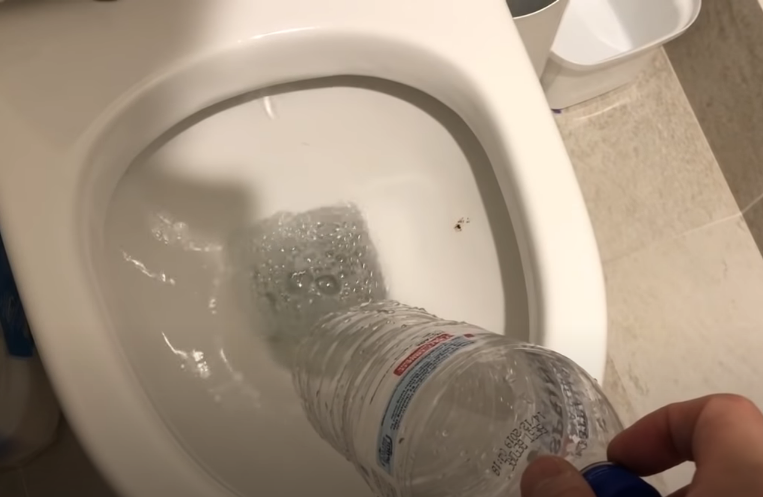
To unblock a pipe, we are not always equipped with a suction cup to create an air intake. Fortunately, you can achieve the same effect… with a plastic bottle! To do this, choose one made of fairly rigid plastic. A plastic that is too soft and thin will not be suitable. Once you have the right bottle, cut out the bottom with scissors or a knife. Keep the bottle cap screwed on securely. Then make back and forth movements while holding it by the neck. This will allow the blockages to be expelled very effectively, all without a chemical unblocker!
2) Plastic film to unclog the toilet
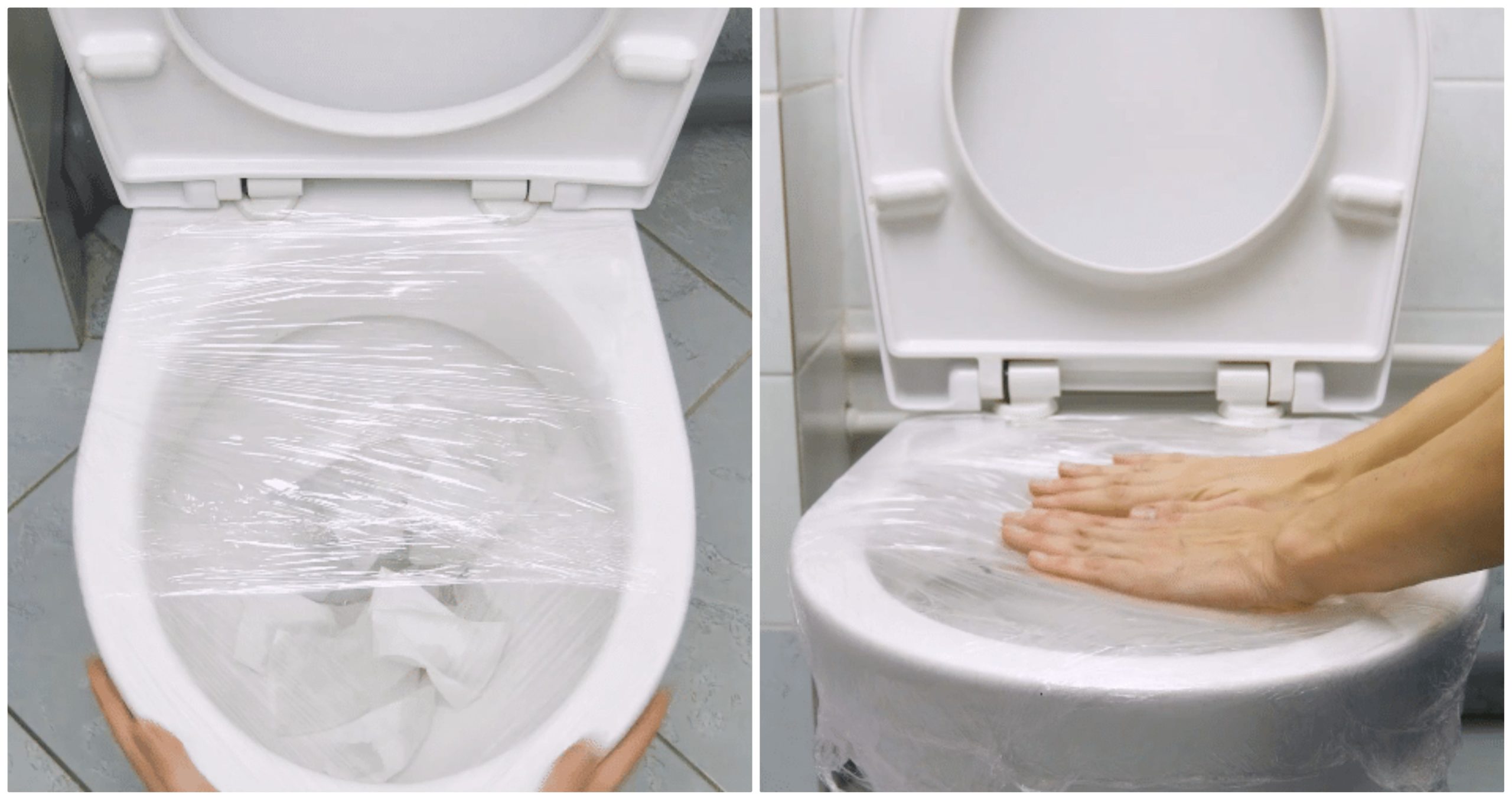
With simple kitchen plastic wrap, it is entirely possible to dislodge a clog in a clogged toilet. First of all, you must completely cover the bowl with film. Do not hesitate to do two coats to help better flush out the wastewater and residue causing the obstruction. Then flush the toilet: the film will then swell ! All you have to do is press firmly on this dome to remove the blockage.
3) Natural products to unclog clogged pipes
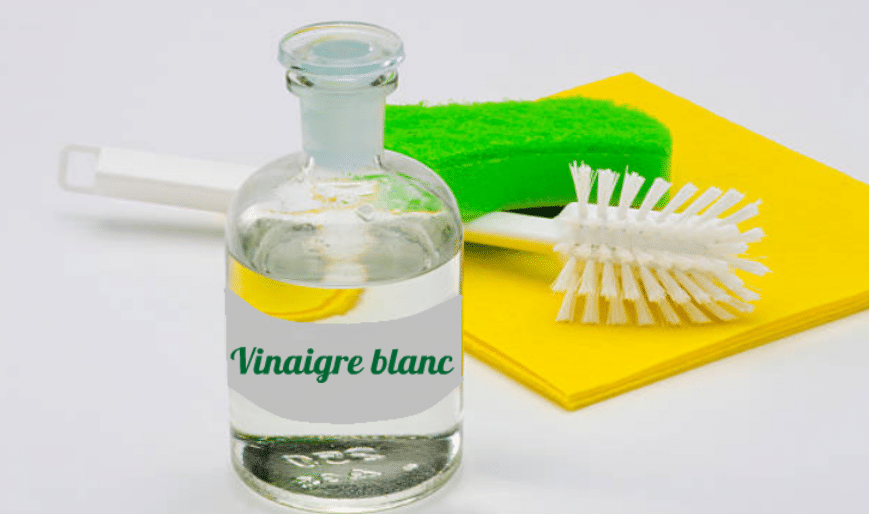
When we talk about clogged pipes, some people immediately think of hydrochloric acid, bleach and caustic soda or sulfuric acid unblockers. However, these chemicals are disastrous for the environment. Hydrochloric acid and bleach are also prohibited for septic tanks. It is therefore better to opt for enzyme-based unblockers in stores. Otherwise, there are many more economical and environmentally friendly solutions for dissolving blockages at home. For example, you can use:
-A pot of boiling water alone or added with a few drops of dishwashing liquid or white vinegar (1l of water for 500ml of vinegar). Pour in one go and leave for 20 minutes to disperse the blockage and flush the toilet.
-The mixture of white vinegar and baking soda leave to act for at least 30 minutes so that the chemical reaction can take place. This will remove deposits and bad odors.
Here is a very good technique for unclogging your toilet yourself.
4) The Spanish broom technique for unblocking toilets
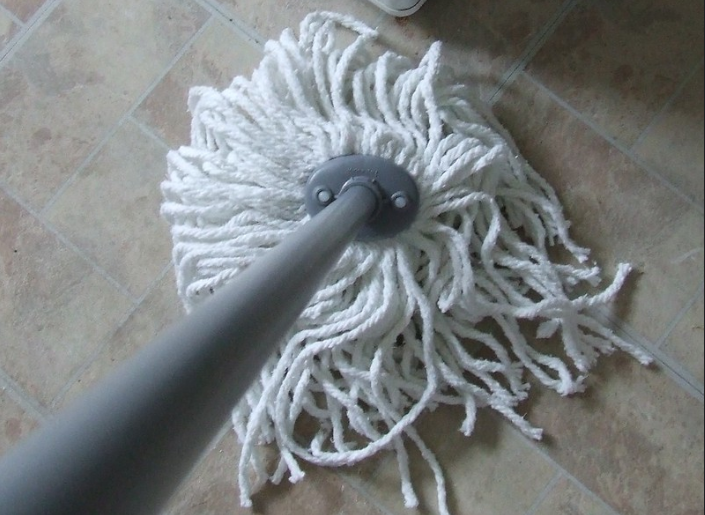
Do you have a mop at home (also called a Spanish broom)? So, you have the equipment you need to unclog the toilet! In general, we recommend protecting the hairs with a plastic bag. well secured. It can thus be reused on your floors after unblocking. Once well protected, push the brush into the bottom of the toilet bowl and pump back and forth. This will move the mass of stagnant water to mechanically unblock the toilet stopper. Once the water is flowing well, all that’s left to do is flush the toilet!
5) The right tools to have if it’s recurring
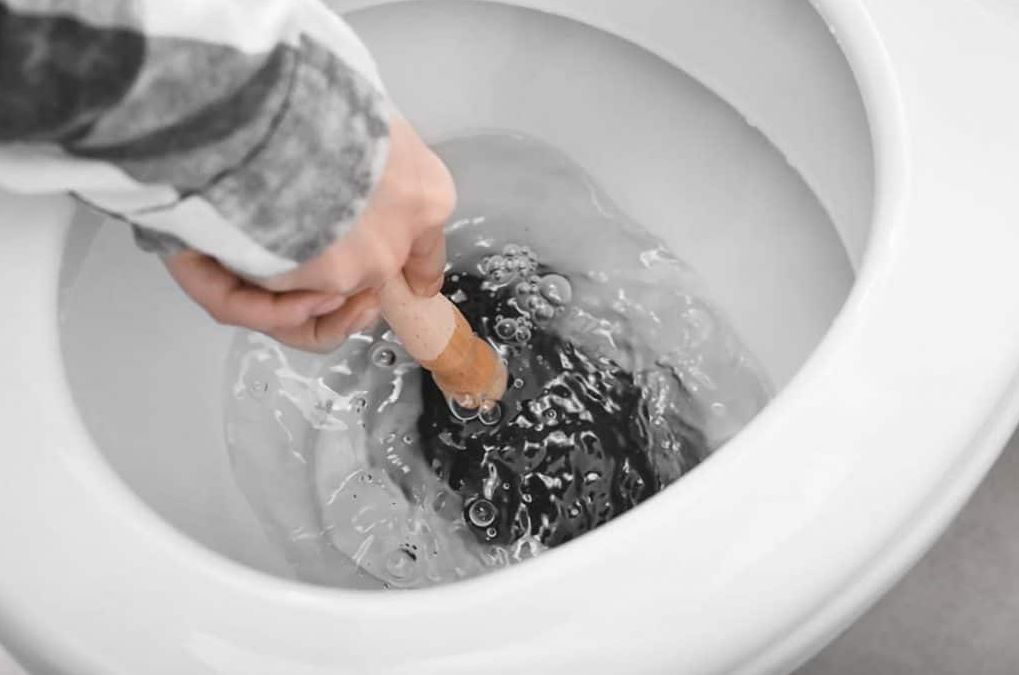
If your toilet is often prone to small clogs, having the right tools to unclog them is the best option. In DIY stores and sometimes in supermarkets, you will find:
-The special hose for toilets which turns and advances simultaneously using a crank in the siphon of the bowl
-The unblocker ferretwidely used to dislodge blockages
-The pump unblockera professional tool for plumbers available to everyone in DIY stores. Otherwise, there is a wet-dry vacuum cleanerdifferent from the classic vacuum cleaner, to suck up traffic jams.
-And of course, there is the classic suction cup !
The advantage of these tools is that it avoids using sometimes expensive maintenance products!
To avoid having to unclog the toilets, here are some anti-clog tips!
To avoid blockages in the toilets, it is essential to adopt some good practices on a daily basis. First of all, limit yourself to throwing away only toilet paper and human waste in the bowl. Wipes, even those called biodegradable, as well as hygienic products, should never be thrown down the toilet, because they can build up and cause blockages. The same goes for tampons, sanitary napkins, condoms, cotton swabs, hair and even cigarette butts, for example.
Then, it is important to monitor the amount of paper used in each pass. Excess toilet paper can quickly form a block that is difficult to dissolve, especially if the plumbing system is old or low capacity. To do this, favor moderate use of paper and do not hesitate to flush several times if necessary.
Finally, do regular maintenance of pipes. A simple monthly use of mild products, such as white vinegar diluted in hot water or baking soda followed by household vinegar, can help prevent the accumulation of residue in the pipes. This in fact allows keep the drainage system flowing and avoid traffic jams before they become a real problem. Forgotten, chemical unblockers!


